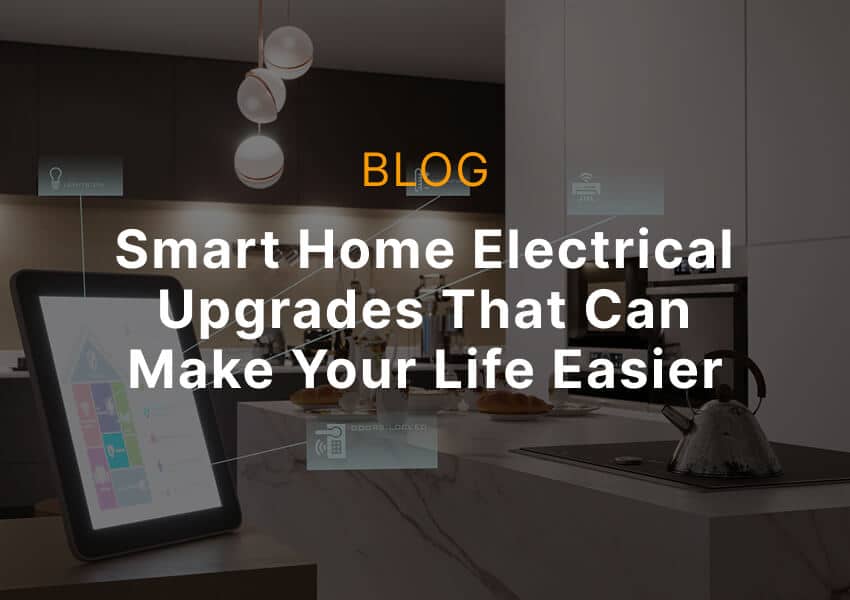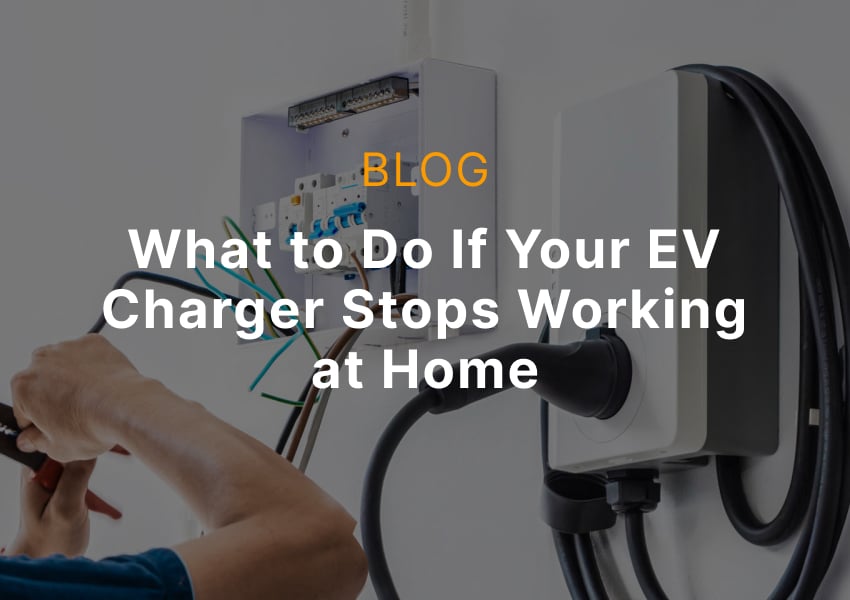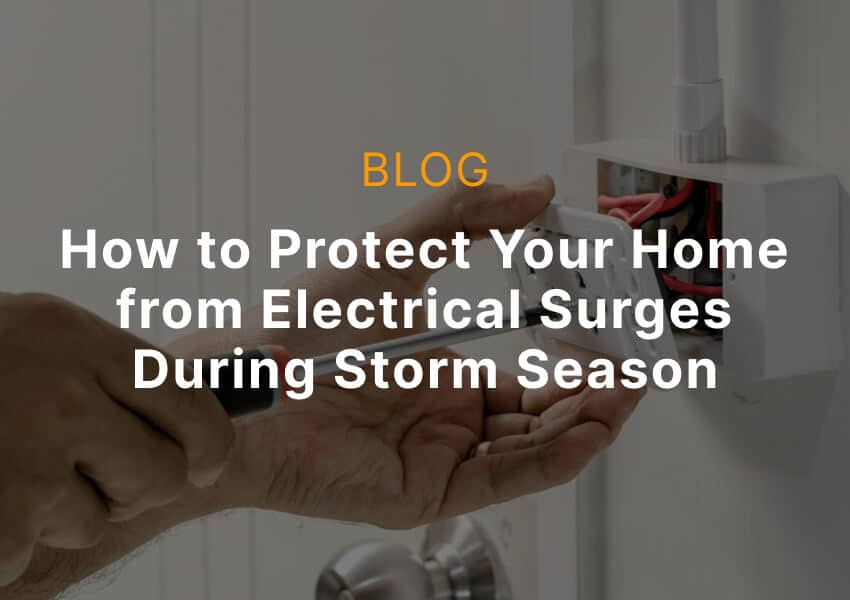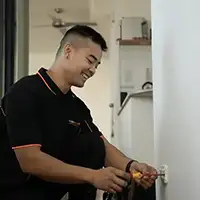As electric vehicles become more common in Australian households, many homeowners are looking to install EV chargers at home. But before installation can begin, it’s essential to understand how to prepare your switchboard for an EV charger. A safe and compliant switchboard ensures your charger operates reliably without overloading your home’s electrical system. This guide by Powerhub Electrical explains the requirements, steps, and when to involve a licensed electrician.

Why Your Switchboard Matters for EV Charging
Your home’s switchboard is the central control panel that manages how electricity flows through your house. Before installing an EV charger, which adds a high electrical load, it’s crucial to ensure the switchboard is in good condition and has sufficient capacity. Below, we explain the components of a switchboard and why a professional assessment is essential.
What Is a Switchboard?
- The switchboard is a panel that directs electricity to different circuits throughout your home
- It houses protective devices such as circuit breakers, safety switches (RCDs), and, in older homes, ceramic fuses
- These components prevent overloads, electric shocks, and fire hazards by disconnecting power during a fault
Why It Must Be Assessed First
- EV chargers draw a significant amount of electricity, often continuously over long periods
- Outdated or overloaded switchboards may not safely support the added demand, increasing the risk of electrical fire
- All EV charger installations must comply with AS/NZS 3000, the Australian standard for electrical wiring
Can My Current Switchboard Support an EV Charger?
Not all homes are ready for EV charger installation. Many switchboards, especially in properties built before 2000, were not designed with modern electrical loads in mind.
Signs your switchboard may be outdated include:
- Ceramic fuses instead of modern circuit breakers
- No safety switches (RCDs) installed
- Limited space for additional circuits
- Rusted, loose, or damaged components
Only a licensed electrician can legally determine whether your switchboard has the required load capacity and circuit space. They will inspect the system, assess your home’s total power usage, and identify whether a switchboard upgrade is required before EV charger installation can proceed.

Key Requirements for EV Charger Installation
Installing an EV charger involves more than just plugging into an outlet. Several key components must be present and correctly configured:
- Dedicated circuit – Each EV charger must be connected to its own circuit with no other appliances attached
- Load capacity check – The total electrical load of your home must be calculated to prevent overloading
- RCD protection – The EV circuit must include a safety switch to protect against electric shock
- Circuit breaker – This protects the EV charger and cabling from overheating and overcurrent
- Compliance with AS/NZS 3000 – All work must meet the current Australian wiring rules
- Surge protection – May be required depending on local network conditions and charger specifications
Step-by-Step: How to Prepare Your Switchboard
Getting your switchboard ready for EV charging involves a few essential steps. Each one must be carried out or overseen by a licensed electrician.
Step 1 – Get a Professional Electrical Assessment
The first step is to have a licensed electrician inspect your switchboard. They will:
- Check the condition of existing components
- Evaluate how much available capacity remains
- Determine if the panel is physically large enough to house a new EV circuit
Step 2 – Determine Load Requirements
The type of EV charger you install affects how much electrical load it adds:
- Single-phase chargers are suitable for most homes, but still require a dedicated circuit
- Three-phase chargers allow faster charging but require more load capacity and space in the switchboard
- The electrician will also consider other appliances already on the system (e.g. air conditioning, ovens, solar inverters)
Step 3 – Upgrade the Switchboard If Needed
If your switchboard is outdated or lacks the required safety devices, an upgrade is necessary. This may include:
- Replacing ceramic fuses with modern circuit breakers
- Adding RCDs (safety switches) for all final subcircuits
- Installing surge protection
- Ensuring compliance with AS/NZS 3000 and local network distributor requirements
Step 4 – Install a Dedicated EV Charger Circuit
The EV charger must be installed on its own circuit with no shared devices. This ensures:
- Consistent charging performance
- Reduced risk of overload
- Full compliance with Australian electrical safety standards
Other Considerations for EV Charging at Home
Aside from switchboard readiness, a few additional factors can influence the complexity and cost of your EV charger installation:
- Location of the charger – Installing close to the switchboard minimises cabling and labour costs; installations far from the switchboard may require trenching or longer cable runs
- Weather protection – Outdoor chargers must have proper IP-rated weatherproof enclosures to withstand rain and sun
- Wi-Fi or smart charger support – Many EV chargers support app-based control and energy monitoring; ensure signal strength or hardwired connectivity if required
- Load balancing systems – These systems intelligently distribute power between your EV charger and other household loads, particularly useful in homes with solar or battery storage systems
Why You Need a Licensed Electrician
Installing an EV charger or modifying your home’s electrical system is not a DIY project. In Australia, only licensed electricians can legally carry out this work.
- Wiring alterations and circuit installations must be performed and certified by a licensed electrician
- EV charger installations must meet Australian Standards (AS/NZS 3000) and may need to be reported to your network provider
- A compliance certificate must be issued after installation, essential for insurance and warranty purposes
- Powerhub Electrical provides fully compliant EV charger installation and switchboard upgrades across the Sydney region
Planning to Install an EV Charger? Start With Your Switchboard
Safe and efficient EV charging begins with a compliant and capable switchboard. Load capacity, circuit protection, and legal requirements must all be considered. If you’re not sure where to start, a licensed electrician can assess your setup and help plan a safe installation. Powerhub Electrical provides assessments, upgrades, and EV charger installations across the Sydney area.

Frequently Asked Questions
Do I always need to upgrade my switchboard for an EV charger?
Not always. If your current switchboard is modern, includes RCDs, and has spare capacity, it may support an EV charger. However, many homes, especially those built before 2000, will require an upgrade to meet safety and load requirements.
What size circuit does an EV charger need?
Most home chargers require a 20–40 amp dedicated circuit, depending on the charger type and power rating. Single-phase chargers typically use 32 amps, while three-phase systems may require 40 amps or more.
Can I use a power point instead of a dedicated charger?
While it’s technically possible to charge an EV using a standard outlet, it’s not recommended. Standard power points are slower, less efficient, and not designed for continuous high-load usage. Dedicated chargers are safer and must be installed on their own circuit.
How long does a switchboard upgrade take?
Most switchboard upgrades can be completed in one day, depending on the complexity of the installation and the condition of the existing wiring. Additional time may be needed if other safety issues are found during inspection.





